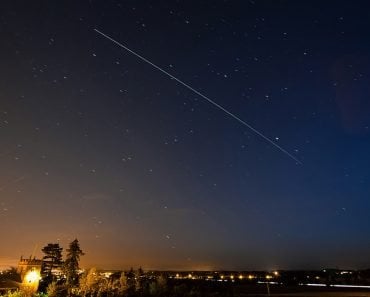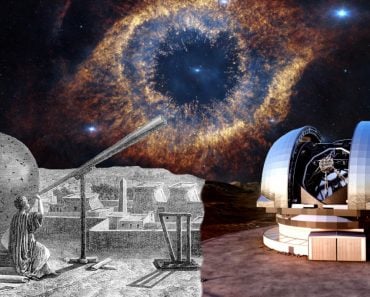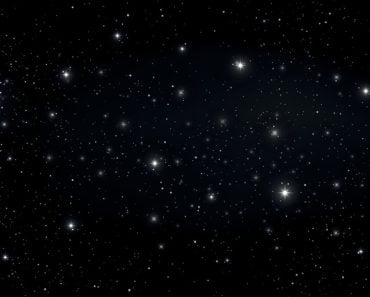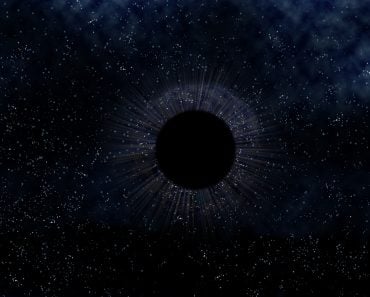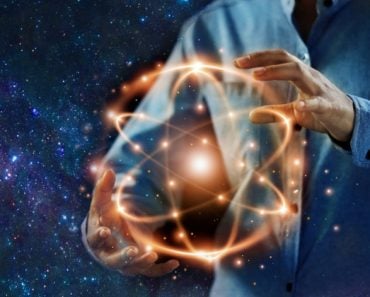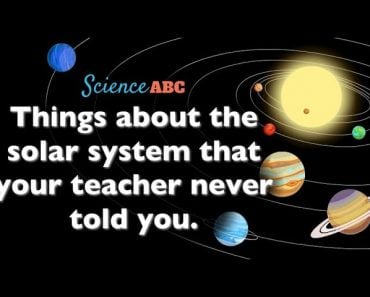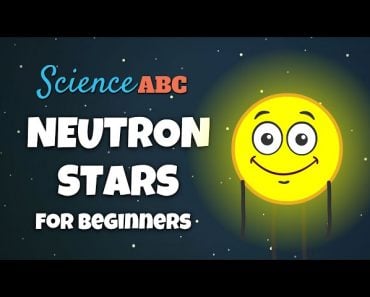Table of Contents (click to expand)
Light from the cosmic dawn of the universe has always been there, coming down towards us, carrying tales from the edge of time itself. Now, with the help of the JWST, we can finally meet.
At 07:20 am EST December 25, 2021, aboard the Ariane 5 rocket, the James Webb Space Telescope lifted off from the heart of a warm evergreen forest into the cold dark of space in search of the beginning of the universe.
The origin story of this project—deemed the Apollo mission of this generation—began in September of 1989 with a challenge. Riccardo Giacconi, then director of the Space Telescope Science Institute (STScI) challenged a group of brilliant scientists and engineers to think about the next major mission beyond the Hubble Telescope (even before it was launched!).
After 30 long years, on Christmas morning of 2021, the incredible feat of humankind’s genius left Earth’s atmosphere with plenty of unforeseen tricks up its sleeve.
Will the James Webb Space Telescope discover new worlds? Fill the gaps in chemical evolution? Tell us how life began? Before we get to the future, let’s rewind to the past of this GIANT TIME MACHINE!
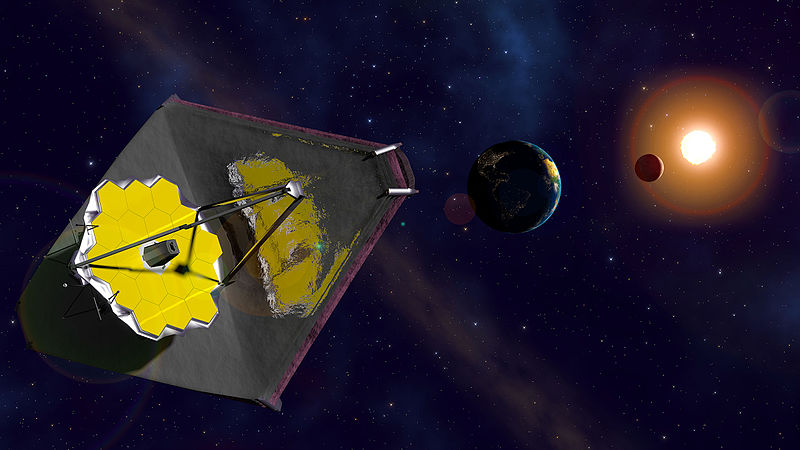
Recommended Video for you:
Why Is It Named James Webb?
When the initial brainstorming for this telescope began in 1989, it was called the NGST or Next Generation Space Telescope. It wasn’t until August of 2002 that it received its current name—the James Webb Space Telescope (JWST).
NASA renamed it to honor their administrator during the Apollo moon missions. During the space race of the Cold War era, when landing on the moon was the sole mission, James Webb’s vision for NASA transcended that. He championed the belief that NASA should do in-house science research, along with human space flight research.
He wasn’t an engineer or a scientist, but actually a lawyer by profession, yet his contributions transformed the American space science research industry for years to come.
However, James Webb’s legacy isn’t devoid of some dark patches. During his tenure of leadership, he facilitated the enforcement of certain federal policies that were quite homophobic. His involvement in discrimination against LGBTQ+ people from the workforce still has the scientific community torn about the telescope’s name. NASA is currently investigating this matter to uncover more evidence.
What’s So Special About This Telescope?
Well… everything! Just imagine a 6.5 ton (on Earth) intricately designed piece of origami that can fit into a rocket and shoot up to space, then unfold in space and photograph pictures of baby galaxies taking shape from the darkness of the early universe. It is a successor to the Hubble space telescope with a field of view that is roughly ~15 times larger. A 6.5x larger collection area makes it powerful enough to catch the faint luminous glow from the period immediately following the Big Bang.
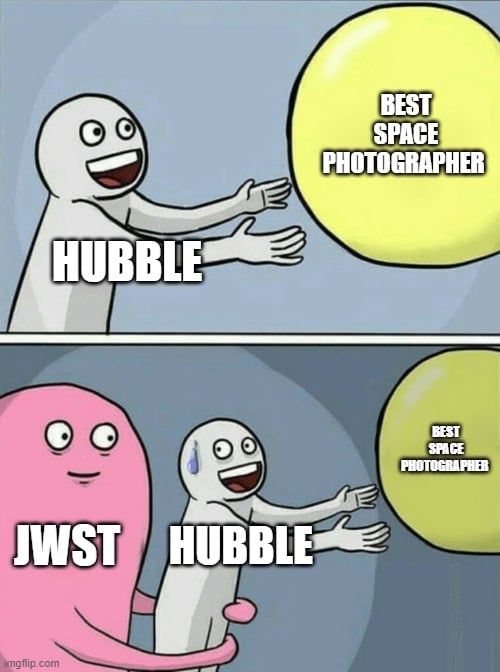
The Golden Eye
If you’ve ever looked up JWST or have accidentally stumbled upon its image while cruising the internet, you were likely bedazzled by the giant golden honeycomb-looking dish. That is the primary mirror of the telescope, consisting of 18 hexagonal Beryllium mirrors coated in gold. This huge network of mirrors spanning 6.5 meters will allow the JWST to collect infrared light from stars and galaxies far far away.
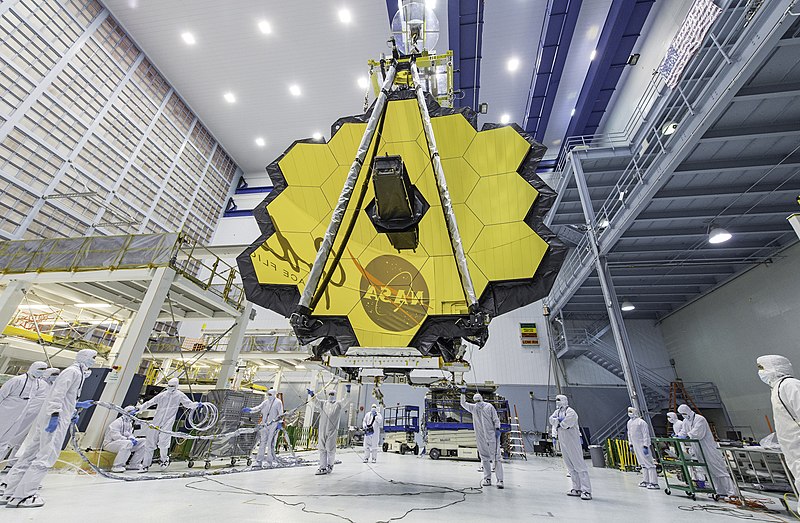
The telescope has a 3-mirror system. The primary mirror acts like a massive light collection pool, and from there the light bounces off to the secondary mirror, then the tertiary mirror, and finally the fine steering mirror for image stabilization. With each step, the light gets more focused, resulting in even sharper images when they ultimately hit the telescope’s camera.
Why Beryllium And Gold?
They couldn’t use an everyday mirror like those we have on Earth, which is made of glass, because it wouldn’t survive in space for long and the materials are usually quite heavy. The JWST team was looking for something that was lightweight, strong, and could withstand a wide range of temperatures. It also had to be a good conductor of heat and electricity, yet non-magnetic, to avoid interference with other components in the telescope.
After much searching, they settled on using beryllium (Be), a steel grey metal that sits 4th on the periodic table and possesses all the properties mentioned above. The mirrors began their journey in the beryllium mines of Utah. They made 13 more stops across the US, getting polished to a mirror finish, and finally being sent out for a gold coating.
Coating the entire span of the mirrors required only 48 gm of gold (the size of a golf ball). A 100-nanometer layer of gold was deposited (1/1000th the thickness of hair) on the mirrors using a method called vapor deposition. The reason behind coating them with gold is to improve the infrared reflection of the mirrors. To read more about gold and its infrared properties, click here.
The Sunshields
For an infrared telescope to detect faint light from distant stars, it always has to stay cold. But how do you keep a giant mirror from catching sunlight and heating up? You build a tennis court-sized umbrella for it, obviously.
The sun shield on the JWST is a 5-layer structure located between the solar panels and the primary mirror, creating a barrier between components that seek the sun and those that need to hide from it. The sun shield not only provides SPF 1 million sun protection, but also cools down the mirror side of the telescope to -223⁰C. This is possible due to the 5-layered structure, specifically the gaps between each layer, which provide better heat insulation than a single thick membrane.
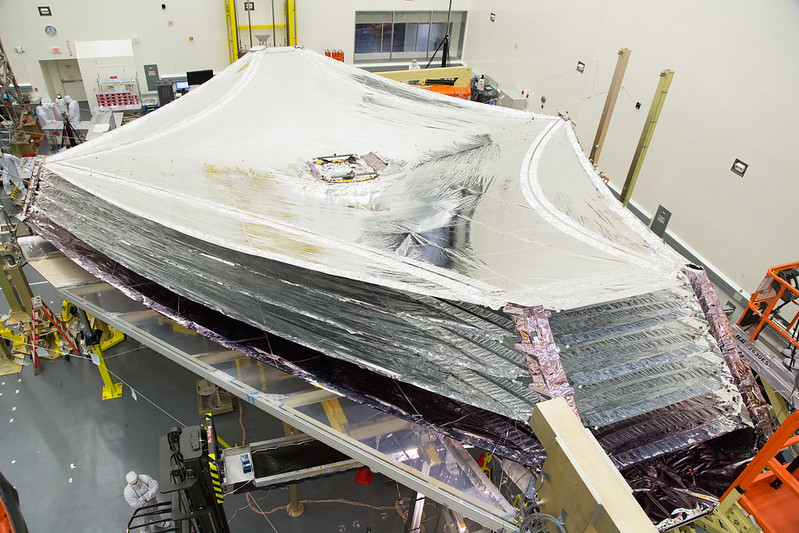
What Are The Sunshields Made Of?
Each layer is made of a hair-thin polyimide film called Kapton, which is further coated with doped-silicon and aluminum. The doped-silicon blocks any sunlight from reaching the infrared-sensitive instruments beneath the sunshield. It emits most of the light and heat received from the sun, while the remaining sunlight is bounced off by the highly reflective aluminum coating.
Also, these electrically conductive coatings keep the sunshield grounded and prevent the accumulation of static electricity.
While cruising around its home L2 — a Lagrangian point 1.5 million kms away from us — the sunshield might encounter some flying space rocks that could initiate a tear in the layers. To prevent a small tear from turning into a large hole, the Kapton layers have “rip stops” every 6 feet, created by a process called Thermal Spot Bonding.
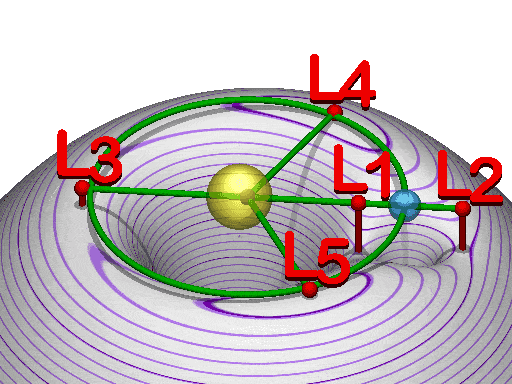
While that’s all very interesting, why go through all this rigamarole and send it to space, rather than simply mounting it on Earth? The answer to that all comes down to the JWST being an infrared telescope.
Why Is An Infrared Telescope Important In Space?
As we know, the universe is expanding; it is moving away even as you read this. Any form of an electromagnetic wave moving away from a point of reference (in this case, us) undergoes a redshift. Any light from the edge of time would have turned into infrared by now, due to the stretching.
Unlike visible light, due to its longer wavelengths, infrared doesn’t get bounced off easily and can easily penetrate through dust clouds, giving us a clear view of distant stellar nurseries. Infrared sensors also make it easier to spot young stars that are not hot or bright enough to emit visible light, but they do emit infrared light!

When it comes to glowing like a star, we have more in common with celestial bodies than you might think. All humans and most things around us glow bright enough with infrared to interfere with the telescope.
Thus, searching for celestial objects using a ground-based infrared telescope would be like looking for a glowworm on a bright sunny day.
To learn more about infrared light, click here.
Will The JWST Unravel More Cosmic Chemistry?
Scientists will now be able to complete the jigsaw puzzle that is the chemical enrichment of the universe. It will allow for the detection of chemical signatures from galaxies formed billions of years ago and compare them with newer systems.
This will give us the rate at which hydrogen and helium slowly fused to form heavier elements and gradually built everything in the universe. To read more about chemical enrichment, click here.
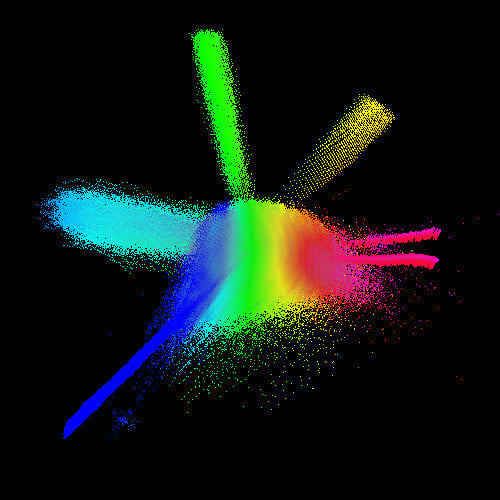
The JWST’s sensitivity to mid-infrared light makes it an excellent tool to hunt for the key ingredients of life, namely water, carbon dioxide, and methane. The telescope’s powerful eye can measure the emission spectra of molecules from proto-planetary disks and atmospheres surrounding Earth-like exoplanets. Mapping their chemical makeup could tell us if they can support life, or did so at some point in the past!
The JWST’s chemical expeditions might uncover clues regarding our origin on Earth and the potential for extraterrestrial life.
Conclusion
After 30 years of design, engineering, identifying worst-case scenarios, and coming up with solutions for them, the $10 billion space telescope is finally up there in orbit. Thousands of people from 14 different countries came together to create a time machine that will provide us with an unimpeded view of the universe. We may not have teleportation yet, but we are going boldly (visually) where no human has ever gone before!
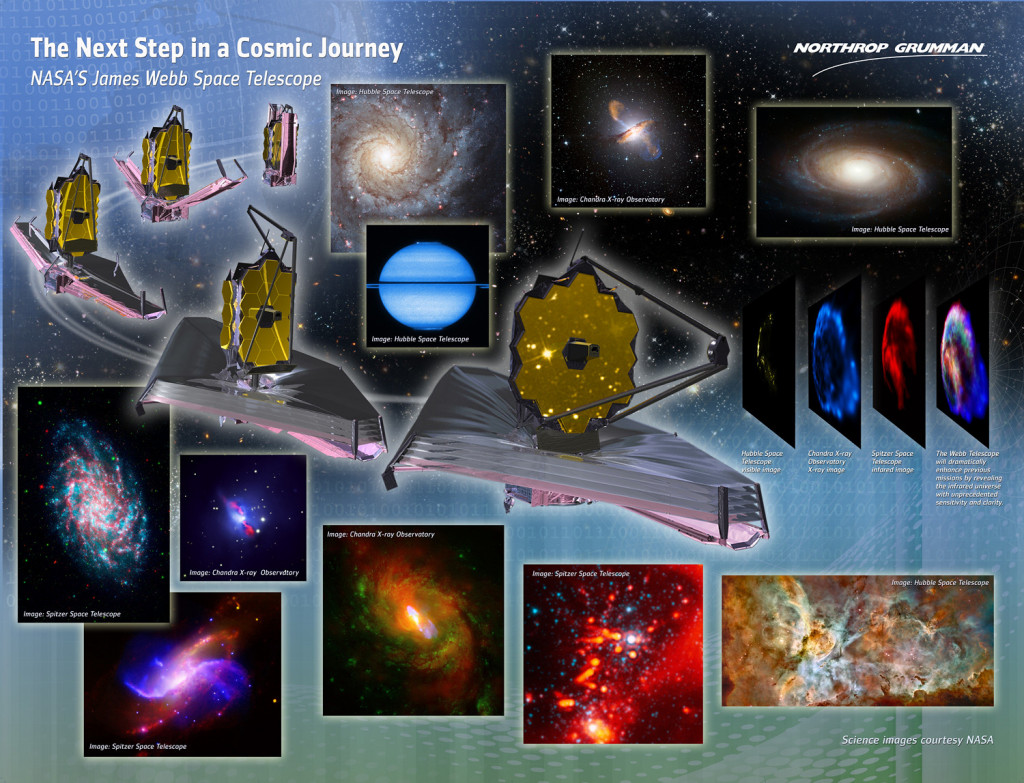
As for the question of what we can actually see using the JWST, Dr. John Mather, the senior project scientist of JWST, likes to put it this way: “We are very far from being able to predict what we can see until we see it. Anything could happen…”
References (click to expand)
- HISTORY - Space Telescope Science Institute. The Space Telescope Science Institute
- The Road to Launch and Beyond for NASA's James Webb .... The National Aeronautics and Space Administration
- SmarterEveryDay (2021). How Does The James Webb Space Telescope Work? - Smarter Every Day 262. Youtube
- Curiosity Stream (2021). The Epic First-Hand Story of Building the James Webb Space Telescope. Youtube
- Who Is James Webb - Webb/NASA. The National Aeronautics and Space Administration
- Witze, A. (2021, July 23). NASA investigates renaming James Webb telescope after anti-LGBT+ claims. Nature. Springer Science and Business Media LLC.
- Mirrors Webb/NASA - James Webb Space Telescope. The National Aeronautics and Space Administration
- Sunshield Coatings Webb/NASA. The National Aeronautics and Space Administration
- James Webb Space Telescope will reveal new insights into astrochemistry - American Chemical Society - www.acs.org
- Other Worlds - James Webb Space Telescope. The National Aeronautics and Space Administration

